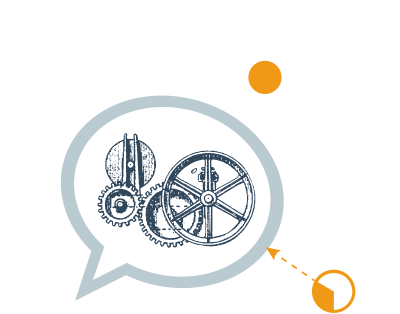The Little Big Experiment
What is it?
An innovation process driven by small, people-led experiments that improve organisational performance.
Who is it for?
In large organisations, innovation is usually driven top down. Frontline staff are often so busy with their day-to-day tasks, direction from their leaders and oversight by compliance, that they don’t feel like they have much control or autonomy at all. There is no opportunity for innovation.
The Little Big Experiment (LBE) turns this dynamic on its head. It puts the power of innovation in the hands of the frontline teams and their leaders and lets them run the project.
Results
The effects of these experiments are remarkable. Teams feel more empowered to drive success and employee engagement increases. The customer experience improves, and sales performance and productivity increase even if the experiment wasn’t focussed on those outcomes.
One of our clients saw NPS gains in over 60% of branches. Result: No.1 in their industry.
How does it work?
Empowerment is the cornerstone of the LBE.
Leaders encourage team members to identify small micro-behaviours, that when done more often and/or with improved quality aim to improve an outcome.
The micro-behaviour produces a small result. Over time, those small results become a noticeable experience. When experienced repeatedly, a new belief is formed, I can have an impact. This new belief becomes the new intrinsic driver/trigger to adopt the new behaviour. This is the experiences to results model in action.
Importantly, through effective leadership and coaching, when the link between micro-behaviours and result is clearly established, the LBE process can be applied to other situations. A small behaviour, done repeatedly with positive results, can lead to lasting change.
Why does it work?
It encourages a growth mindset and teams feel empowered and confident to test and learn. It provides team members and leaders with autonomy, purpose and an opportunity to develop and demonstrate mastery. This makes them happy, and happy team members means happy customers.
Watch Dan Pink explain why this is important
Benefits
↑ Employee engagement
↑ Customer experience measures
↑ Sales outcomes
↑ Operational Efficiencies
Tested ideas and scalable options for enterprise adoption


